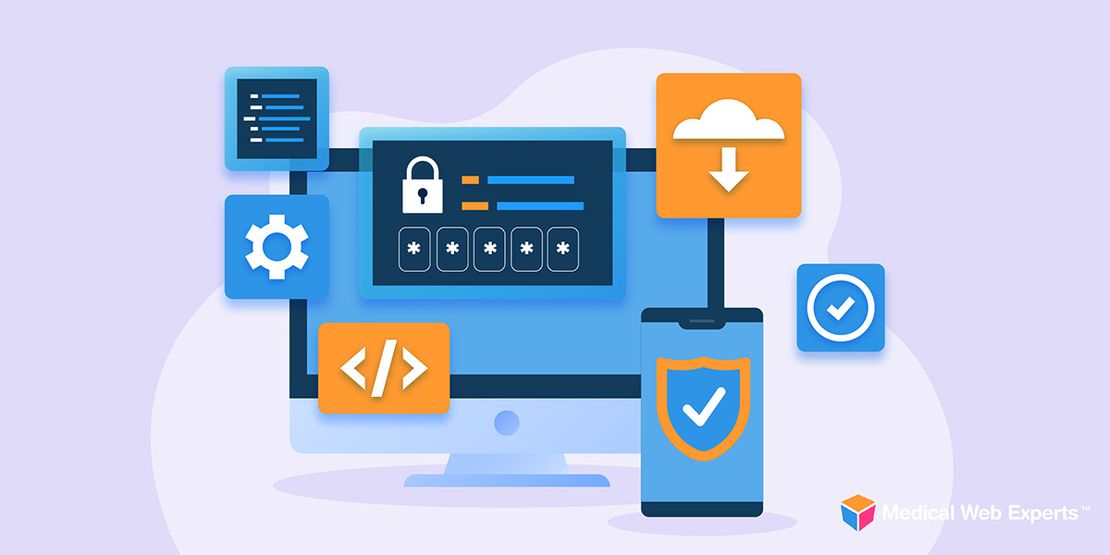In a Healthcare IT News article last week, Athenahealth CEO Jonathan Bush presented a case for increased innovation in the health IT space over the next four to six years. The foundation would be built on “network-backed health services.” Succinctly, what he discusses is the need for health IT vendors to go beyond providing solutions aimed at fulfilling regulatory needs and start delivering real business value.
Disruption in Health IT is Different from Other Industries
While it is enticing to think of companies like Uber or Amazon and how they disrupted their respective industries, there are inherent differences that need to be considered in looking at “disruption” in the health IT space. Health IT solutions can be subdivided into separate categories: solutions that focus on improving care delivery and outcomes, and those that focus on business operations.
Solutions that Improve Care Delivery
If we look at solutions focused on improving care delivery and outcomes (like telehealth and mhealth app development), the ability to effectively disrupt is limited by the need to reliably prove the effectiveness of the technologies. As these directly impact patients and, as such, can carry the highest potential and perceived risks for healthcare providers, mass adoption of disruptive technologies will not be driven by hype, but by evidence. The ability for forward thinking technologies in this category to gain market share will be strongly affected by the evidence of their effectiveness first, and the business value second.
Solutions that Optimize Business Operations
Technologies focusing on the business operations side of things (like revenue cycle management and supply chain) may have a more streamlined path towards innovation and disruption. Understanding the requirements of HIPAA rules and regulations as they apply to healthcare application development is the biggest differentiating factor from traditional B2B solutions — that, and understanding the business landscape and workflows of healthcare, for both payers and providers. Although building business cases and ROI propositions will still be necessary, these solutions will most likely follow paths similar to what has worked with B2B solutions in other industries.
The need for innovation in health IT, including healthcare web development and mhealth app development, is real. The opportunities to improve patient outcomes and reduce healthcare costs are incredible. The real challenge will be adoption from an industry that, for good reason, is highly risk-averse and conservative in its decision-making. How value-based reimbursement adjustments will affect these behaviors is yet to be seen, but it could provide the impulse necessary to spurn healthcare business leaders to form lasting relationships with health IT partners that deliver real value and insight.


